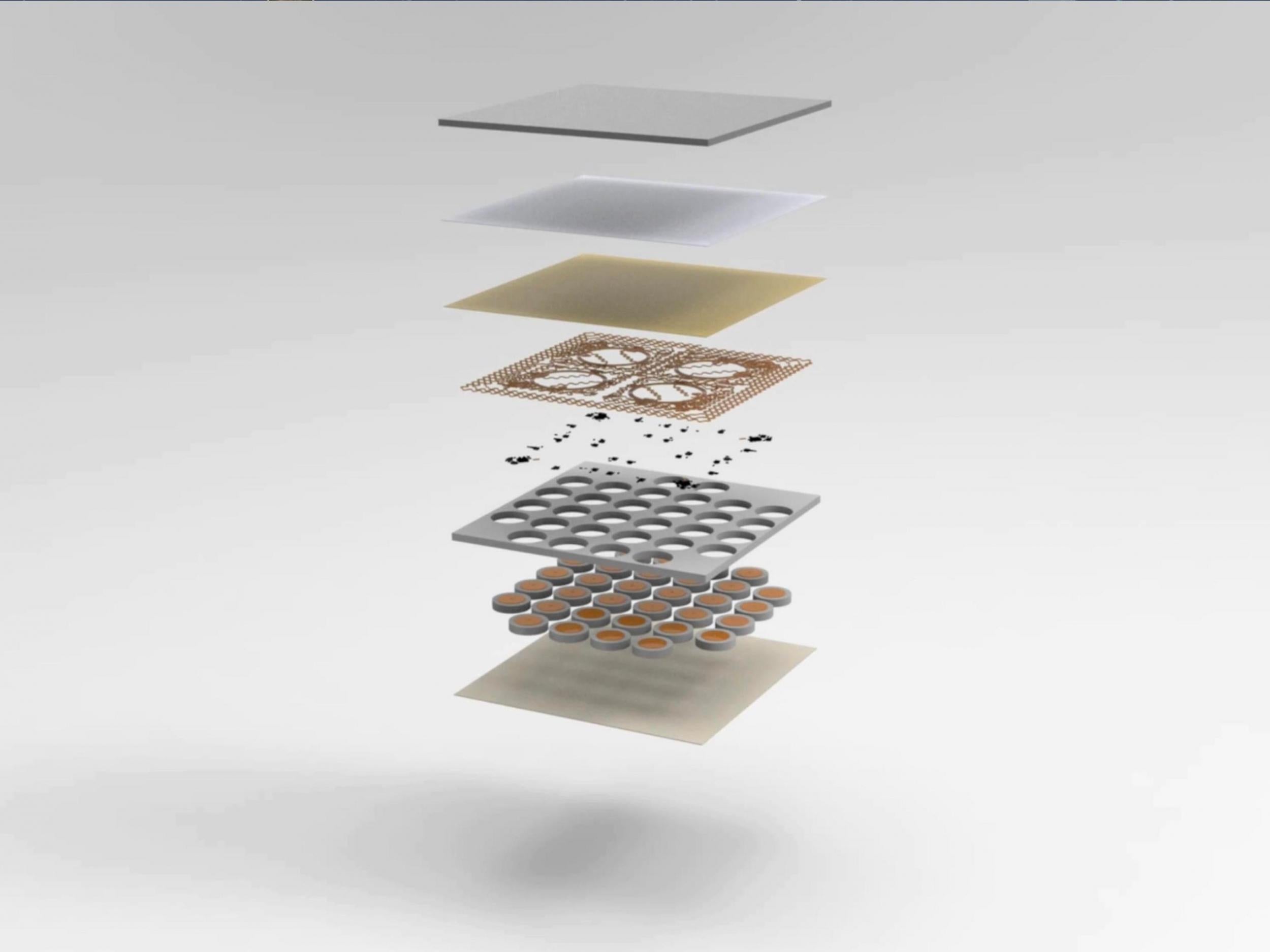Skin machine enables physical pain in virtual reality for the first time
VR breakthrough could redefine gaming and transform lives of amputees

Scientists have developed a device that allows people to experience the sensation of touch within virtual reality.
The skin machine consists of a soft, lightweight sheet of electronics that sticks to the body. It uses a combination of pressure, vibration and motion to simulate the sense of touch for users.
A paper describing the "skin-integrated wireless haptic interfaces for virtual and augmented reality" was published in the scientific journal Nature.
The authors say it could have profound implications in areas ranging from video games to prosthetics.
"The whole process is very complex," the paper states. "The sense of touch is a collection of several sensations, encompassing pressure, pain and temperature. Until now, it has been a great challenge to incorporate sensations of touch into virtual and augmented reality.
"In comparison to the eyes and the ears, the skin is a relatively underexplored sensory interface for VR and AR technology that could, nevertheless, greatly enhance experiences at a qualitative level, with direct relevance in areas such as communication, entertainment and medicine."
The authors say the technology could have a number of applications. For instance, the system could be used to transmit touch to a loved one through social media, or to reproduce the shape of an object held in a prosthetic hand. It can also be worn by video gamers to feel strikes when playing combat video games.
Virtual reality remains a relatively niche technology, primarily used for industry applications and by a small portion of video gamers. Experts hope that advances like these will help the technology finally break into the mainstream.
Virtual reality and augmented reality are forecast to add £62.5 billion to the UK economy by 2030 and £1.4 trillion to the global economy, according to estimates from PwC.
“VR and AR are finally coming of age and have the potential to provide a significant boost to the UK economy,” said Jeremy Dalton, head of VR and AR at PwC. “They will also improve the way organisations operate, make processes faster and more effective, and create incredible new experiences.”
Bookmark popover
Removed from bookmarks